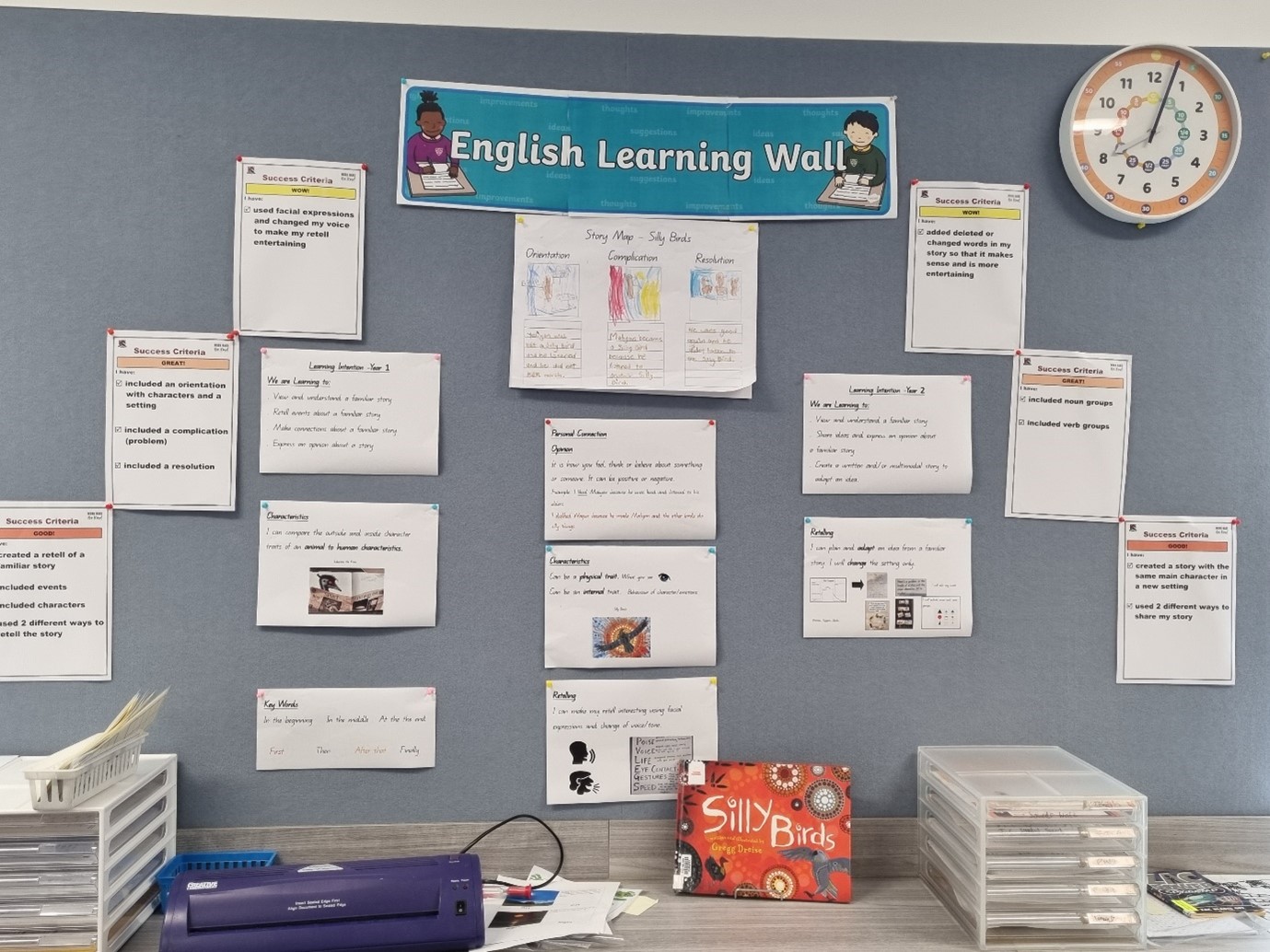Curriculum
At Grovely, we provide all eight learning areas of the Australian Curriculum. The Whole-School Curriculum Plan indicates when the learning areas are delivered.
Download Whole School Curriculum Plan
Teaching and learning at Grovely is informed by subject-specific content descriptions, elaborations, and general capabilities that are aligned to the Australian Curriculum. This ensures that the intended curriculum is being enacted in all our classrooms.
Further information on the curriculum for each year level can be found below:
Multi-age Classrooms
At Grovely State School all of our Mainstream and Montessori classrooms are multi-age, where the benefits of this approach for both teachers and students are highlighted in research. Benefits include more holistic, child-responsive curriculum practices that consider the understandings, capabilities and dispositions related to 21st Century skills such as communication, creativity, collaboration and critical thinking.
In our multi-age setting, students and teachers work together for more than one year, which enhances continuity of learning and promotes the forming of positive relationships between teachers, students and families.
Because of the diverse age mix, younger children frequently draw inspiration from older peers, aiming to match their abilities. Simultaneously, older children step up to meet the expectations set by younger ones, eagerly taking on leadership and mentorship roles.
Visible Learning
When collaboratively planning units of work, teachers develop collective clarity around curriculum standards. At Grovely State School, teacher clarity rests on a shared understanding of what students need to learn.
Teachers create Success Criteria and modelled responses grounded in a common understanding of Australian Curriculum components. These are showcased as Learning Walls in every classroom, empowering students to gauge their progress and determine their next learning steps.